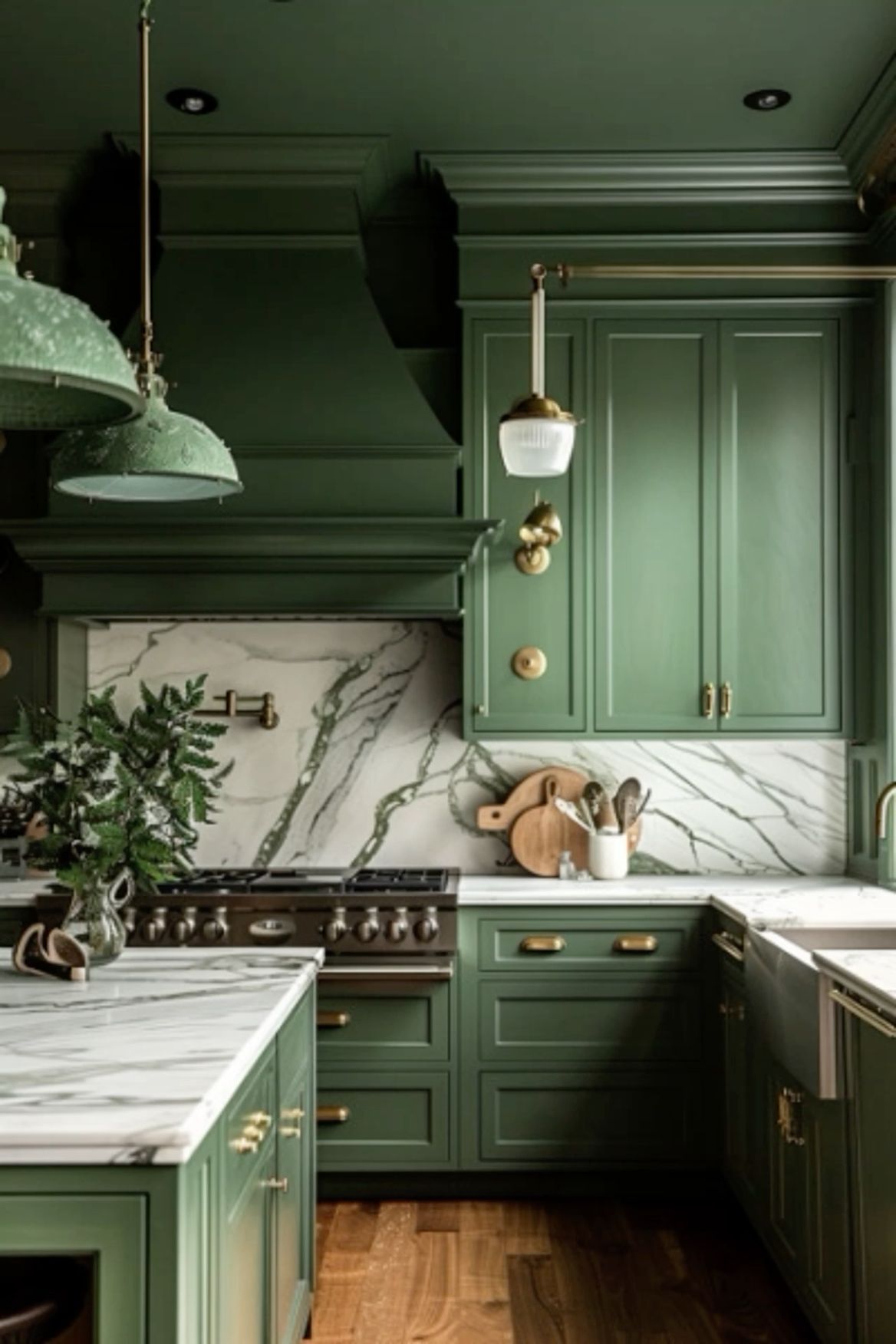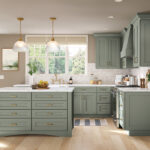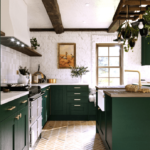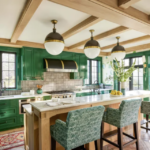In recent years, the concept of a green kitchen has become increasingly popular among environmentally-conscious homeowners. A green kitchen is one that is designed and equipped with sustainability in mind, using eco-friendly materials and energy-efficient appliances to reduce the overall carbon footprint of the household. By making simple changes to the way we design and use our kitchens, we can not only create a healthier living environment for ourselves but also contribute to the preservation of the planet.
One of the key elements of a green kitchen is the use of eco-friendly materials. This includes using sustainable materials such as bamboo, cork, and reclaimed wood for countertops, cabinets, and flooring. These materials are renewable, meaning that they can be replenished or recycled, reducing the demand for new resources. Additionally, using non-toxic paints and finishes can help improve indoor air quality by reducing the emission of harmful chemicals into the air.
Another important aspect of a green kitchen is energy efficiency. Choosing energy-efficient appliances such as refrigerators, dishwashers, and stoves can significantly reduce the amount of energy consumed in the kitchen. Look for appliances that are ENERGY STAR certified, as they are designed to use less energy while still delivering the same level of performance. Additionally, incorporating natural lighting through skylights or large windows can reduce the need for artificial lighting, further cutting down on energy consumption.
In addition to using eco-friendly materials and energy-efficient appliances, there are other ways to make your kitchen more environmentally friendly. Composting food scraps instead of throwing them in the trash can reduce waste and create nutrient-rich soil for gardening. Using reusable containers and bags for storing and transporting food can help reduce the use of disposable plastic and paper products. Installing a water-efficient faucet and recycling water for tasks like watering plants can help conserve water, a precious resource that is often taken for granted.
Overall, a green kitchen is not only good for the environment but also for your health and well-being. By incorporating sustainable materials, energy-efficient appliances, and eco-friendly practices into your kitchen design, you can create a space that is both beautiful and environmentally responsible. Making small changes in your kitchen can have a big impact on the planet, so why not start making your kitchen green today?
 Decorationg Interior Design
Decorationg Interior Design

























